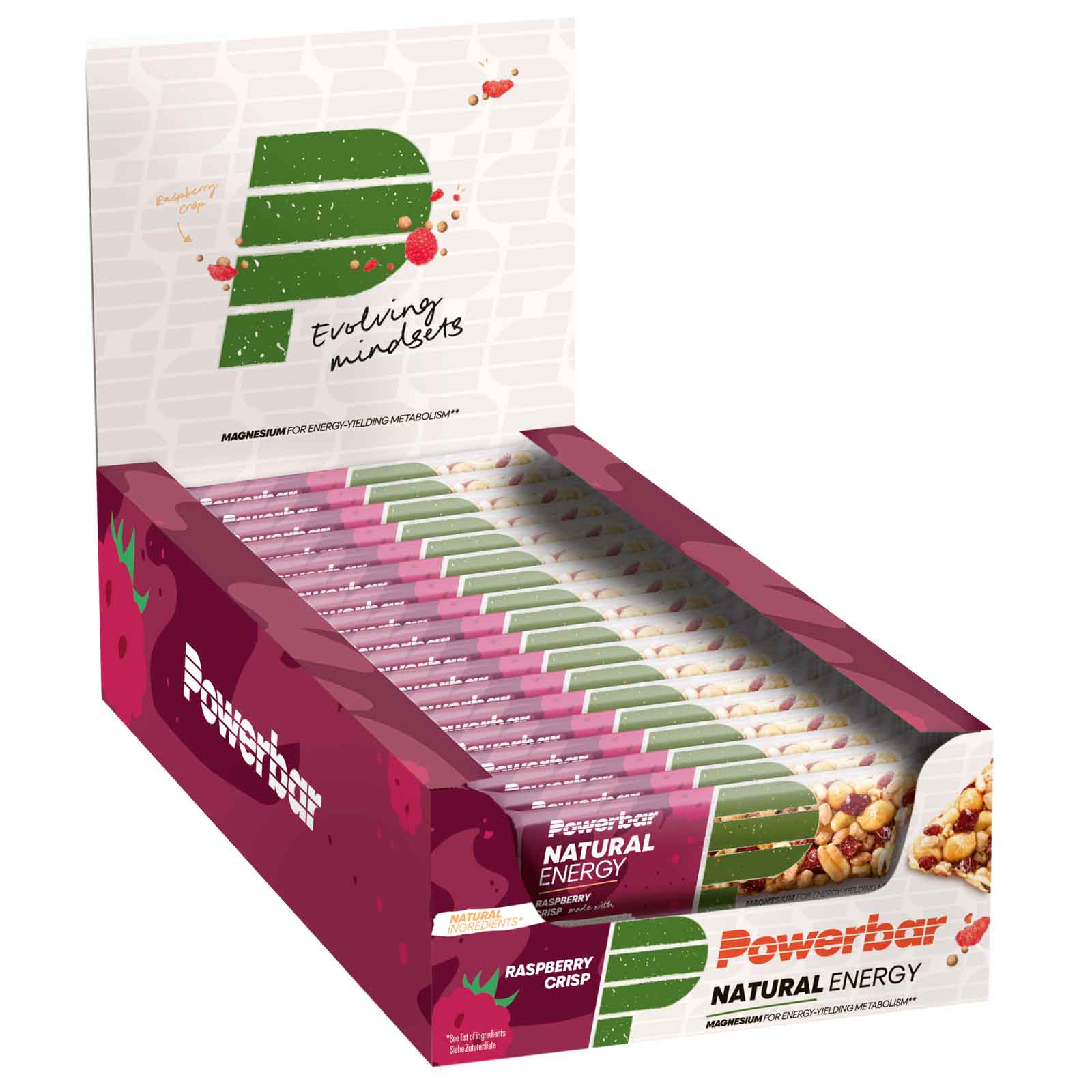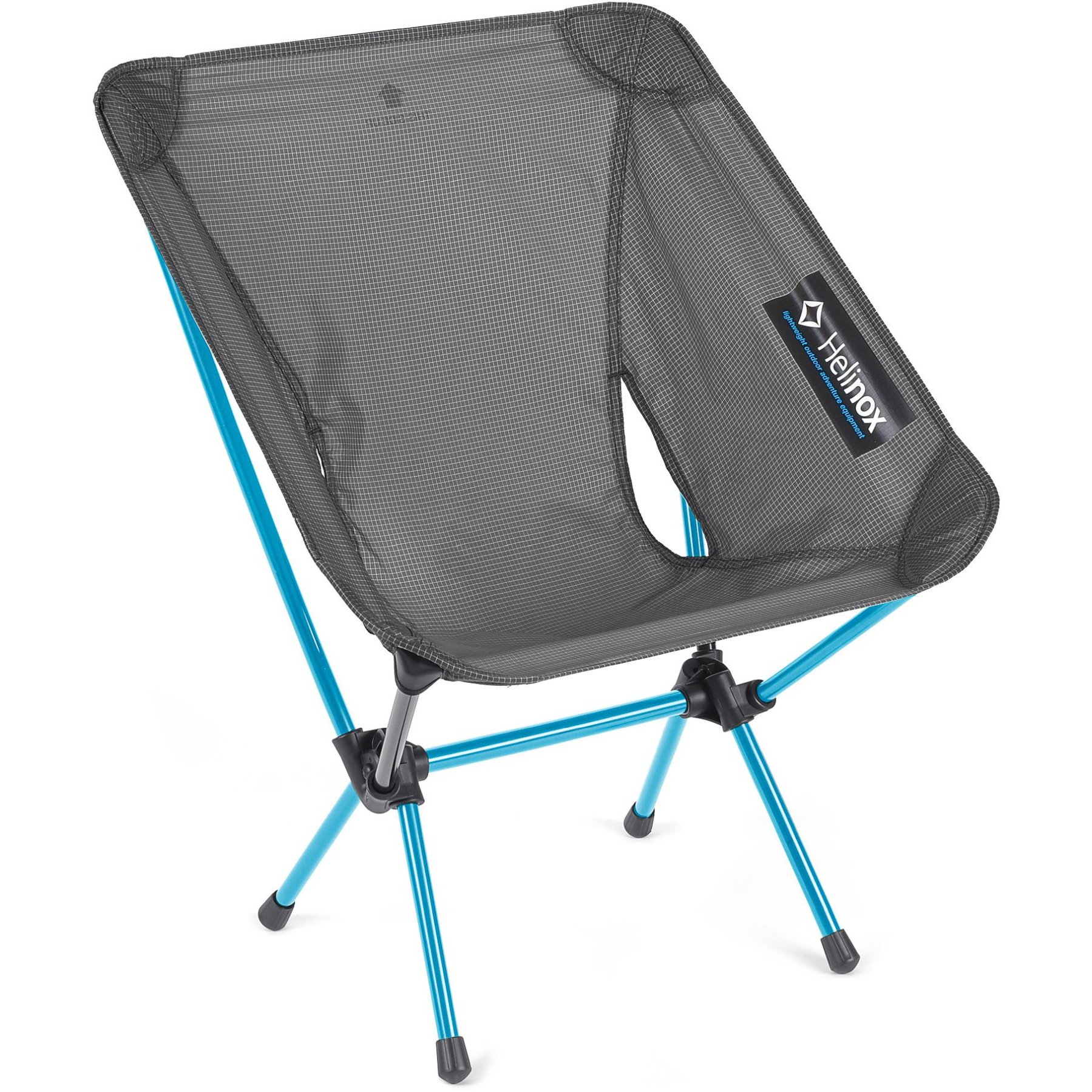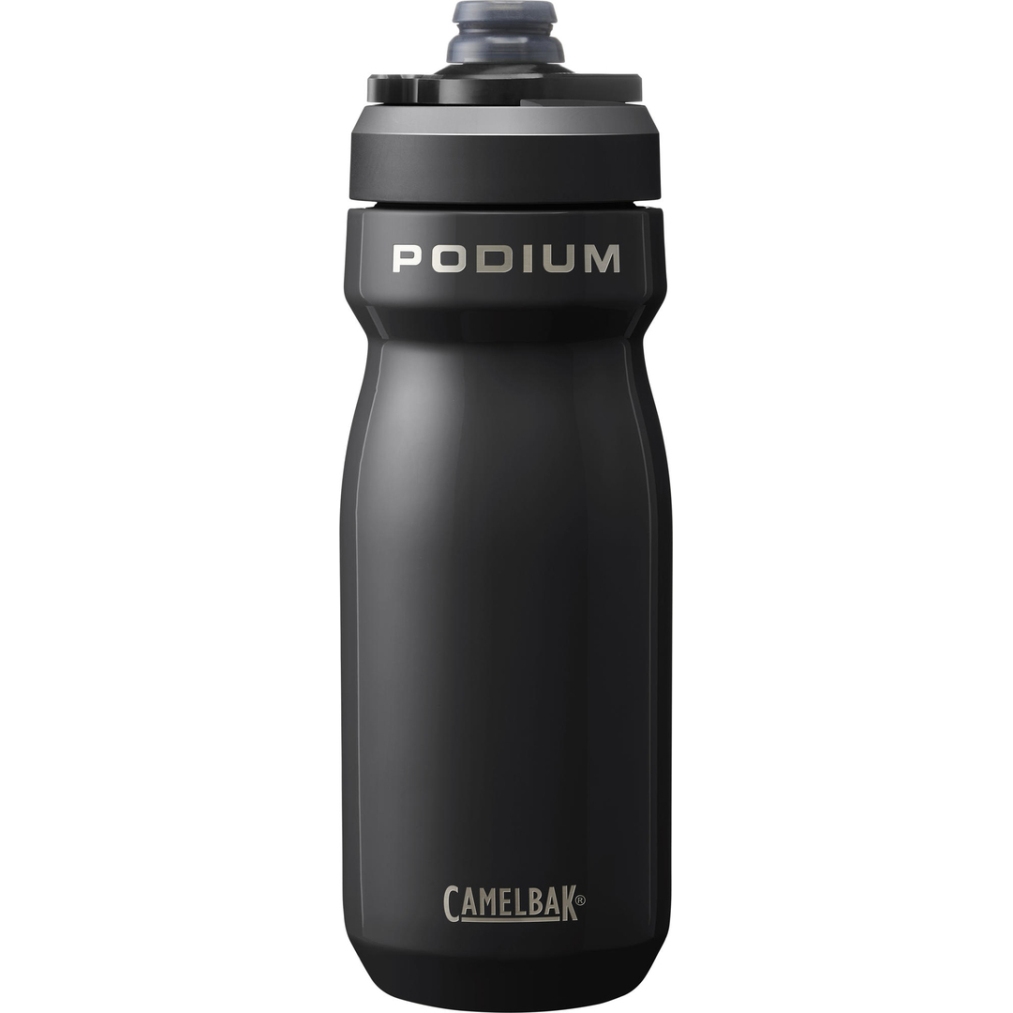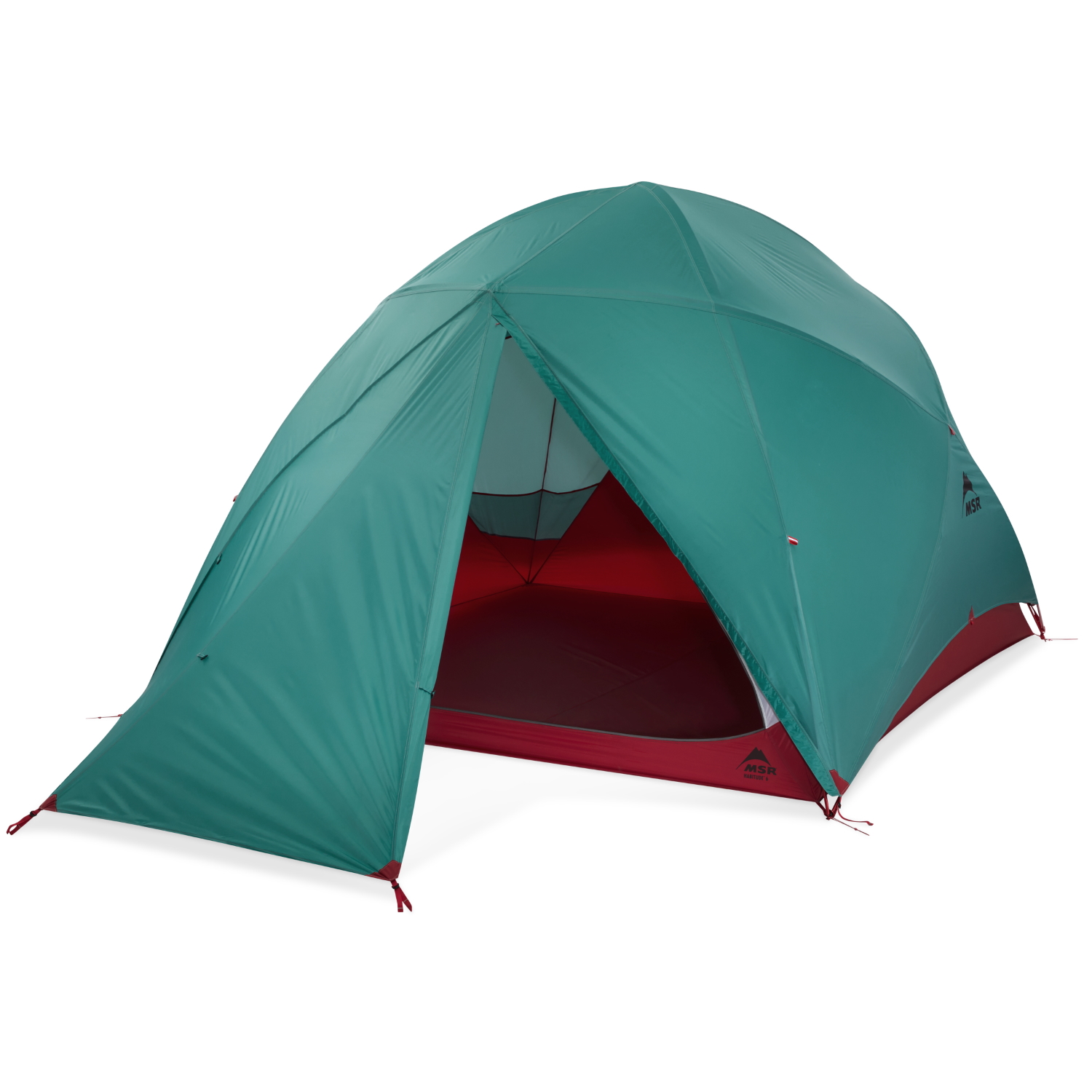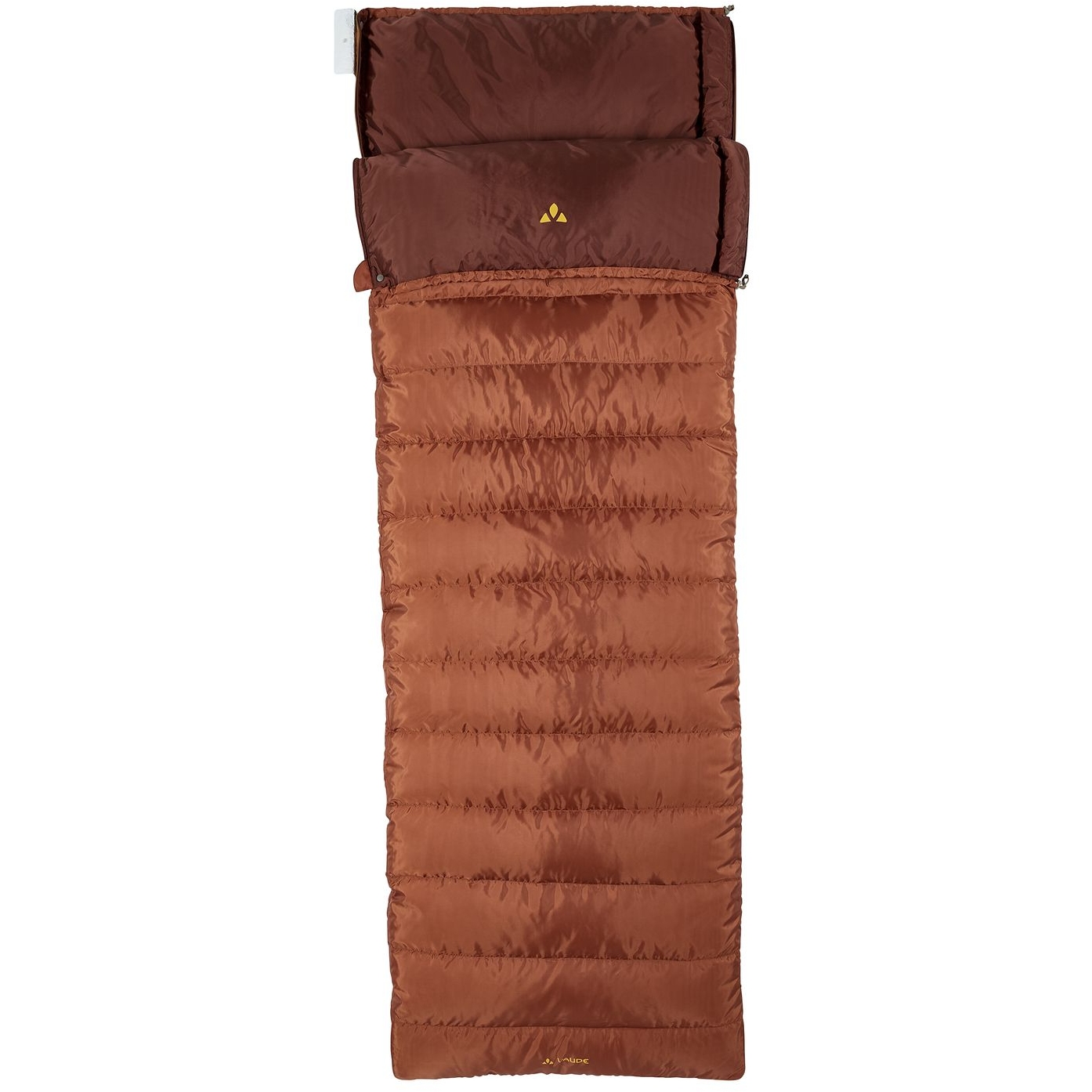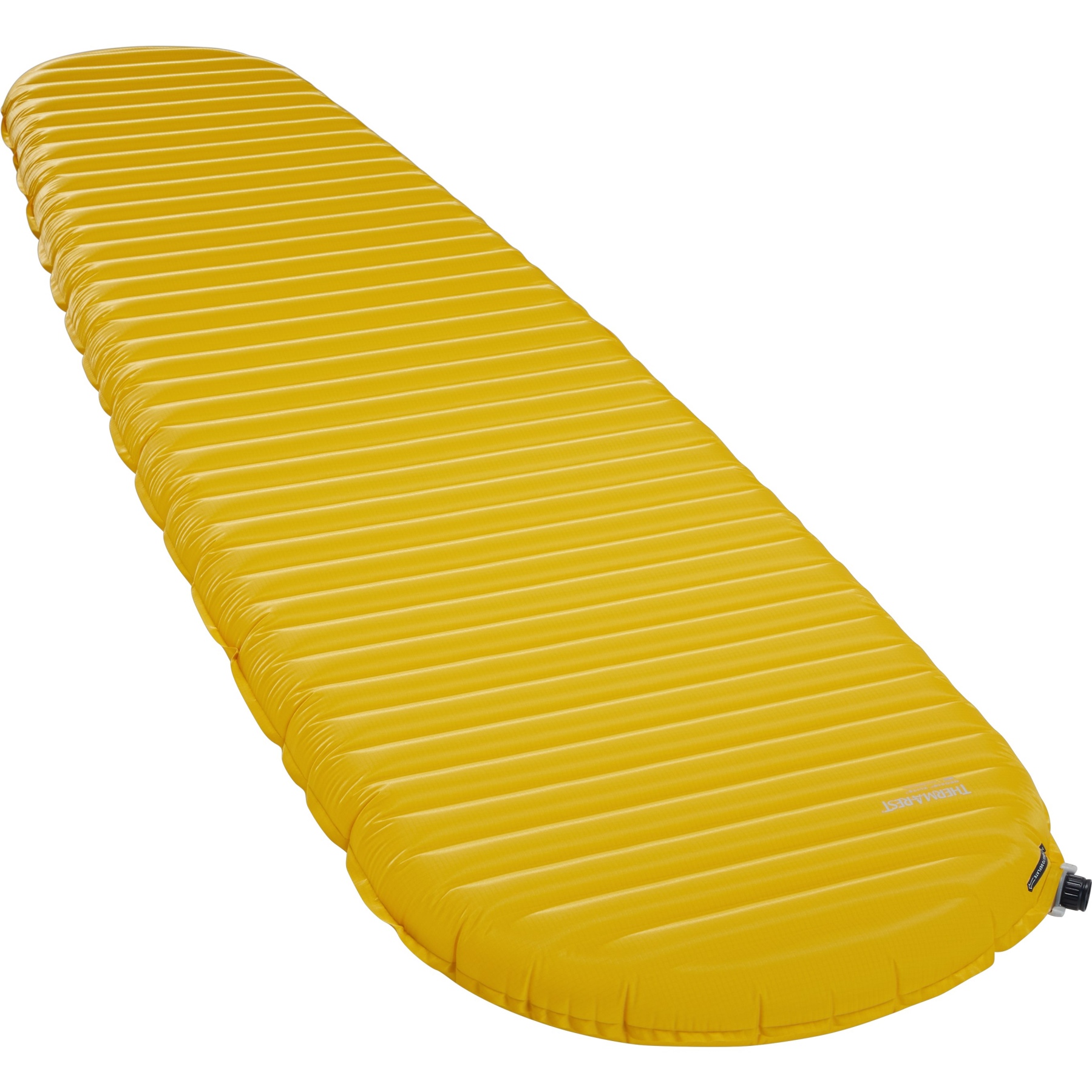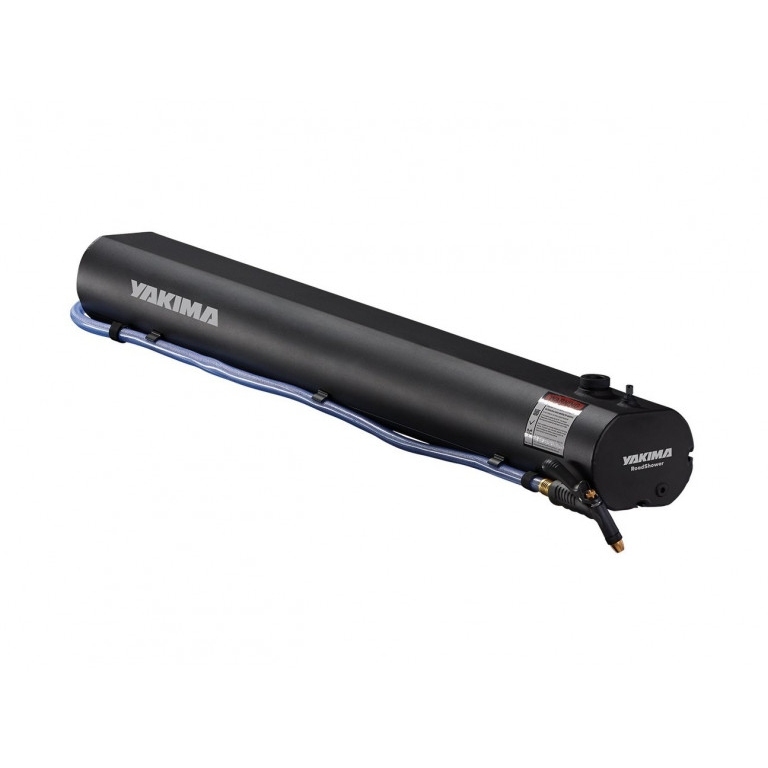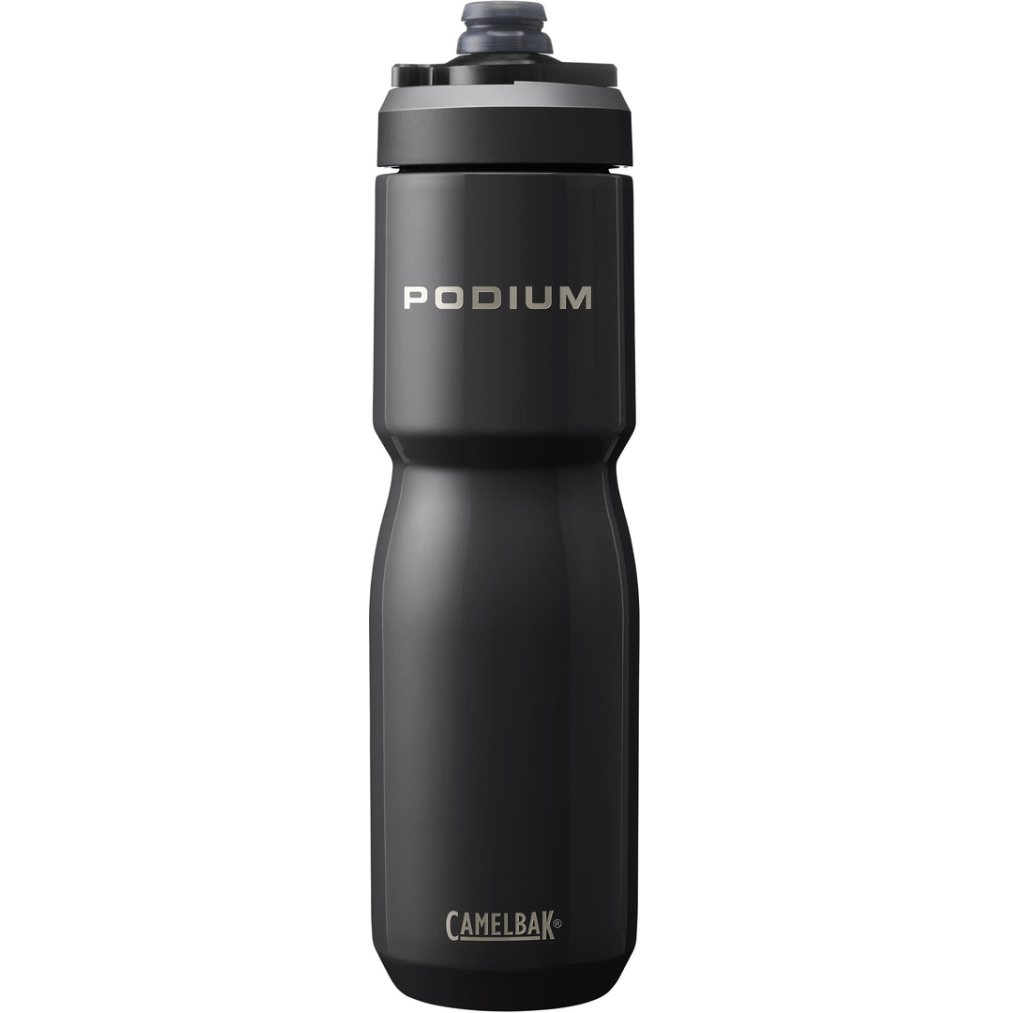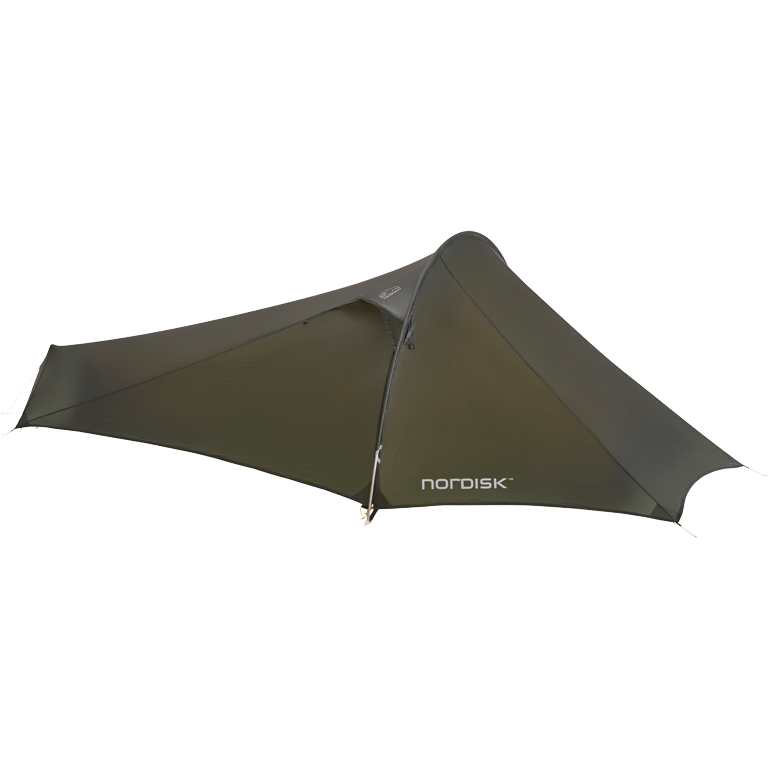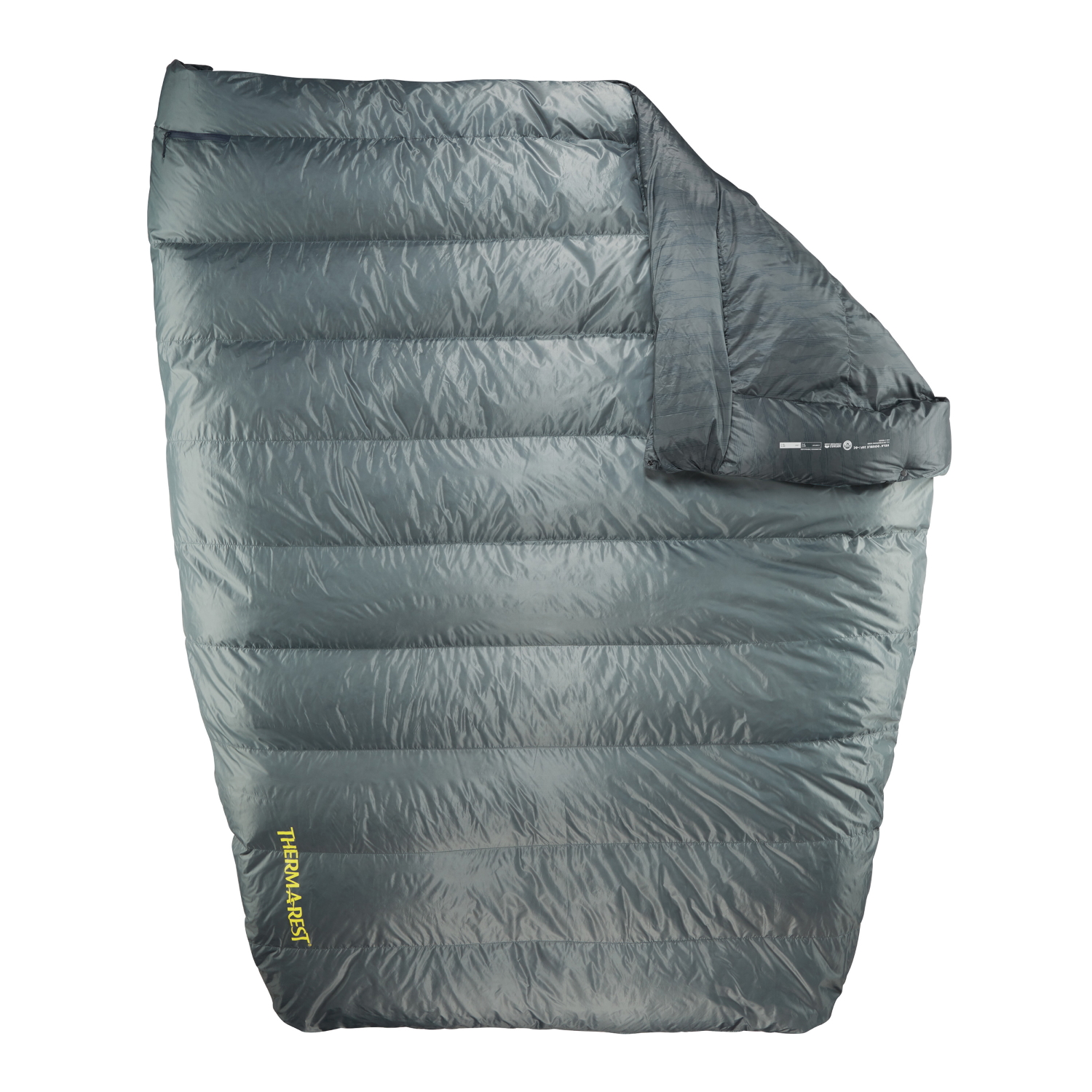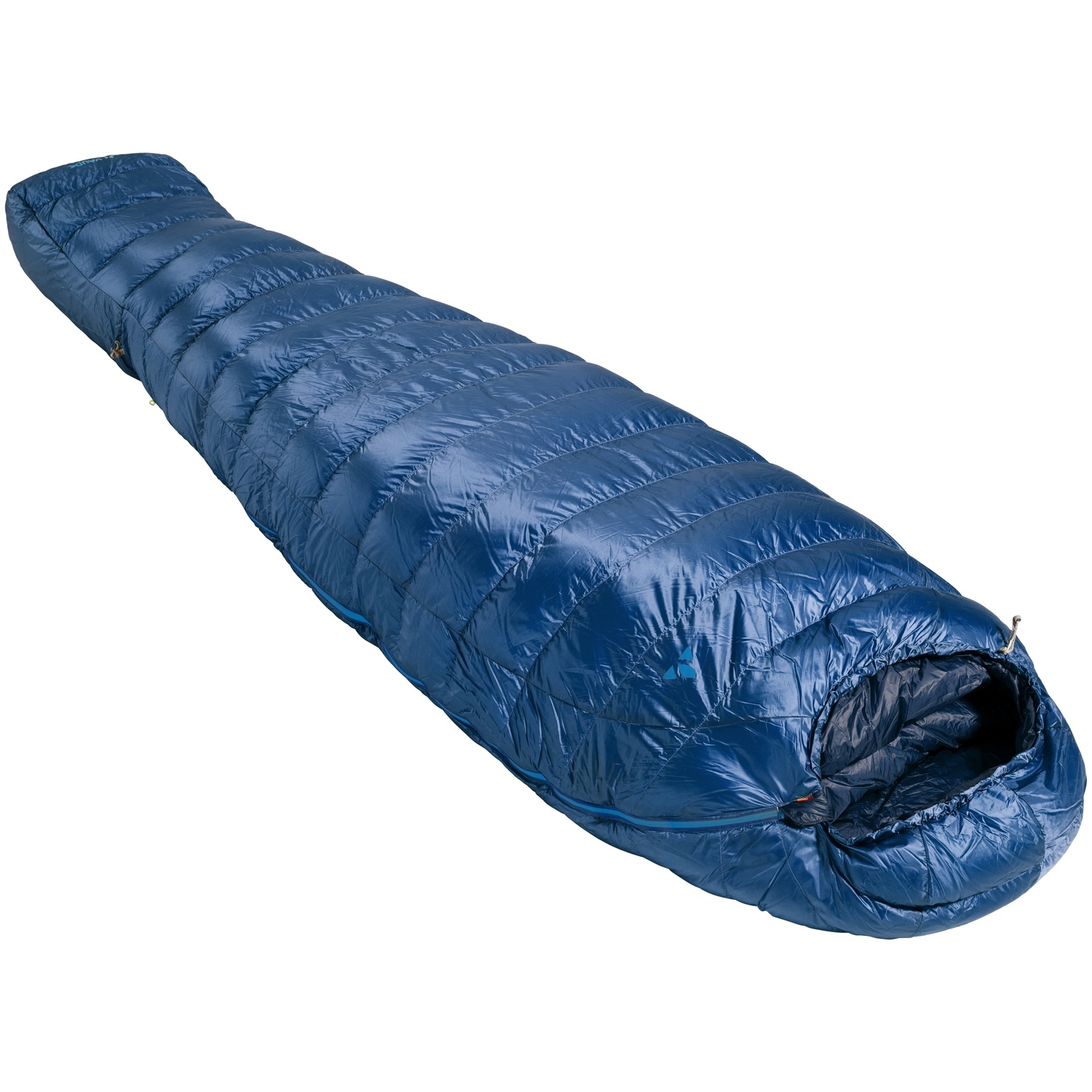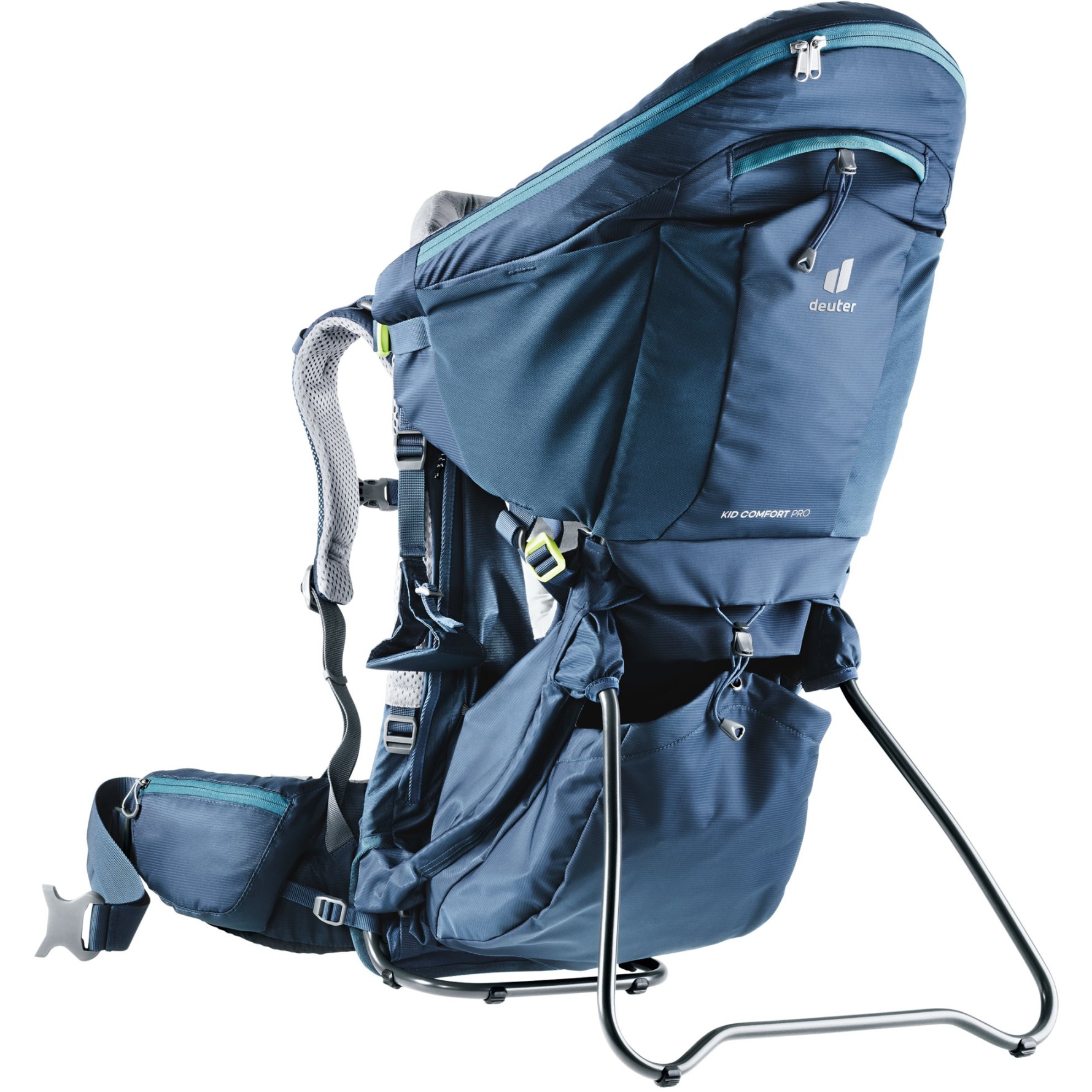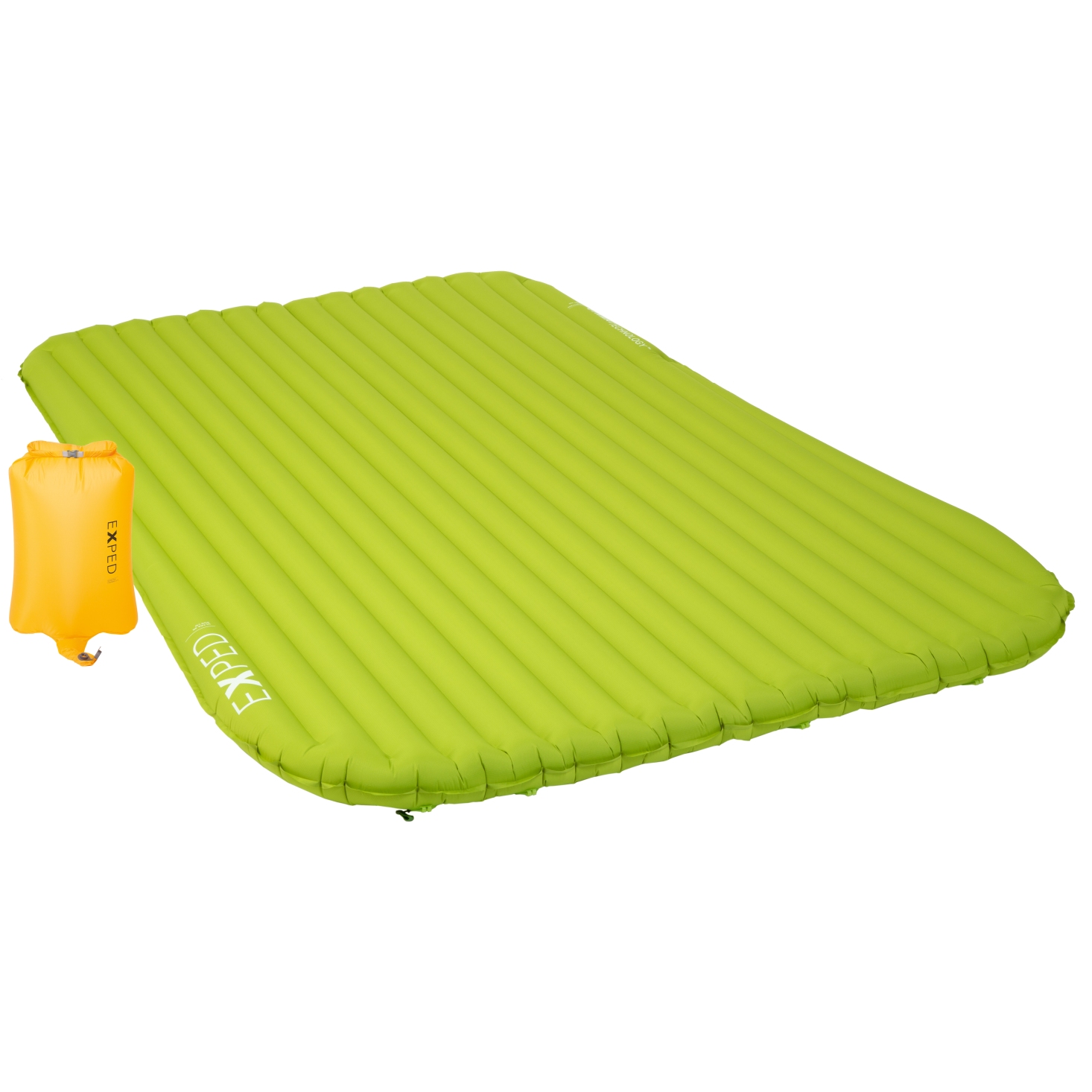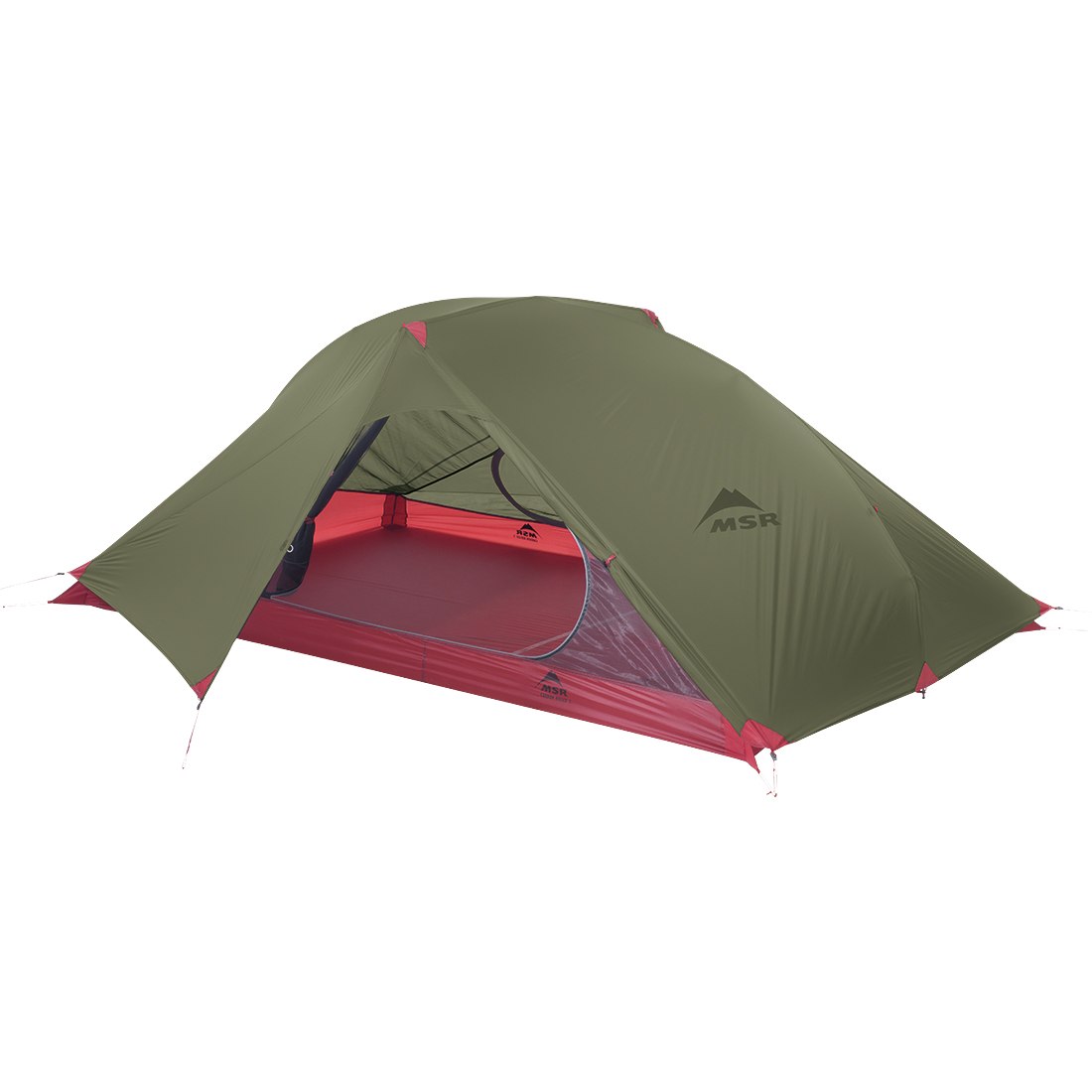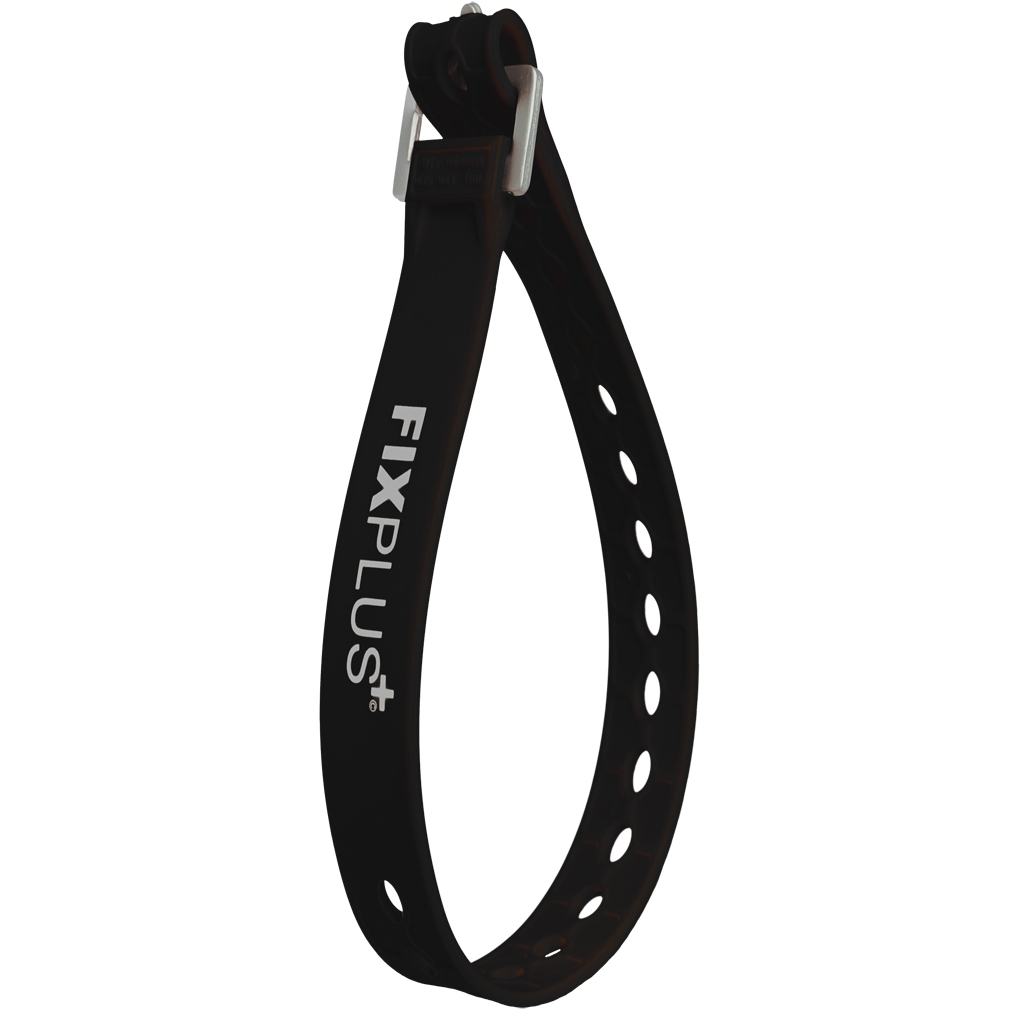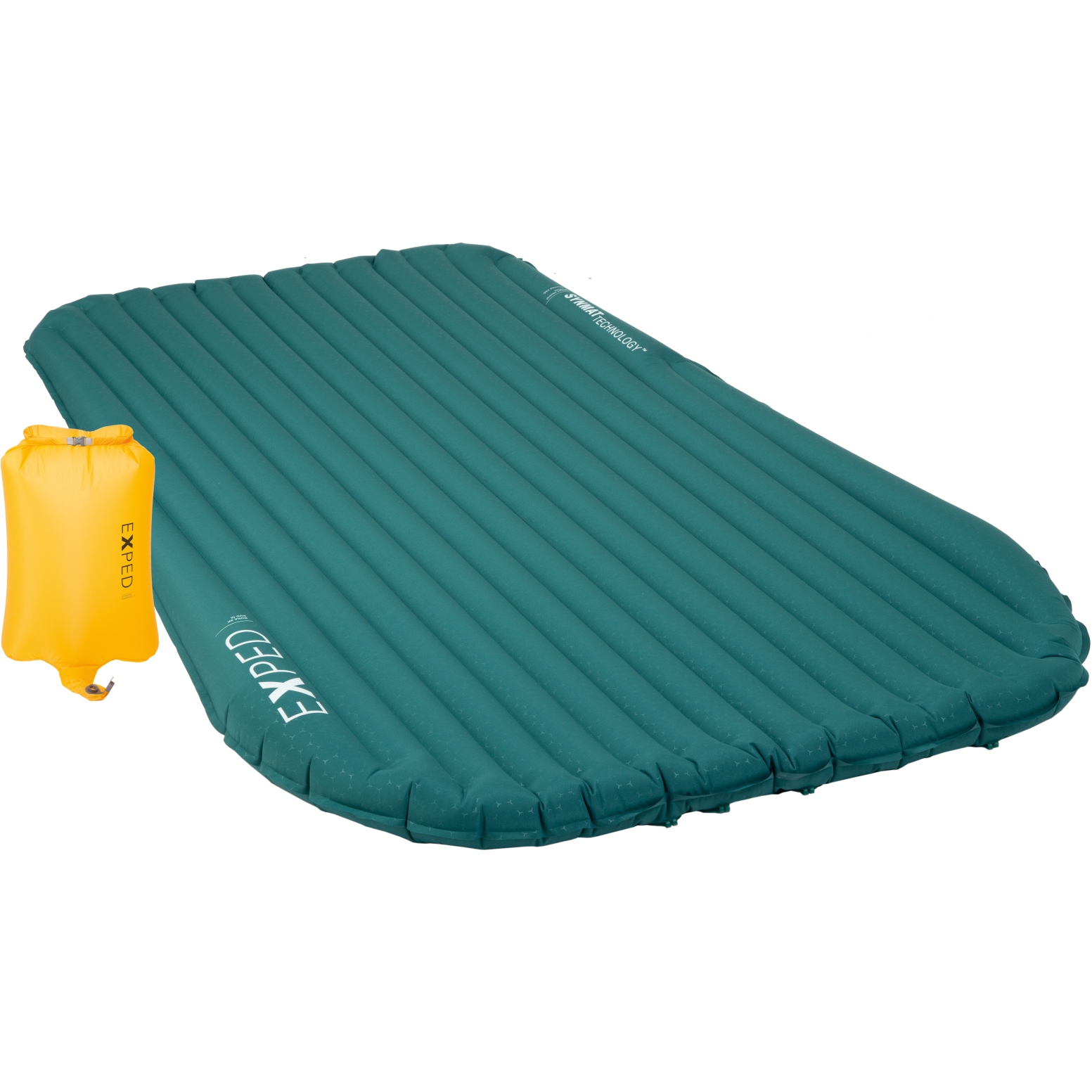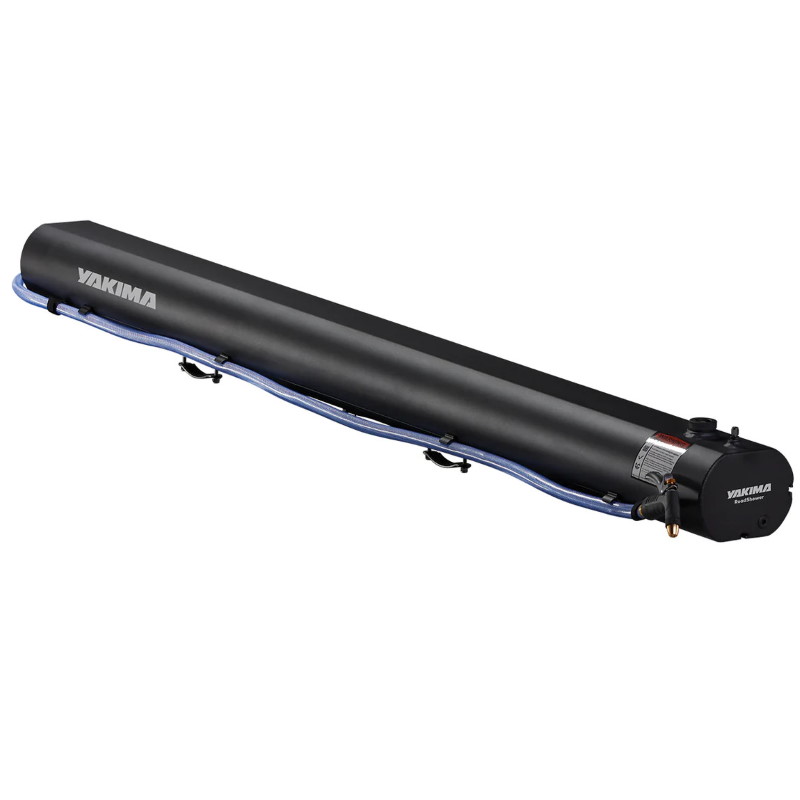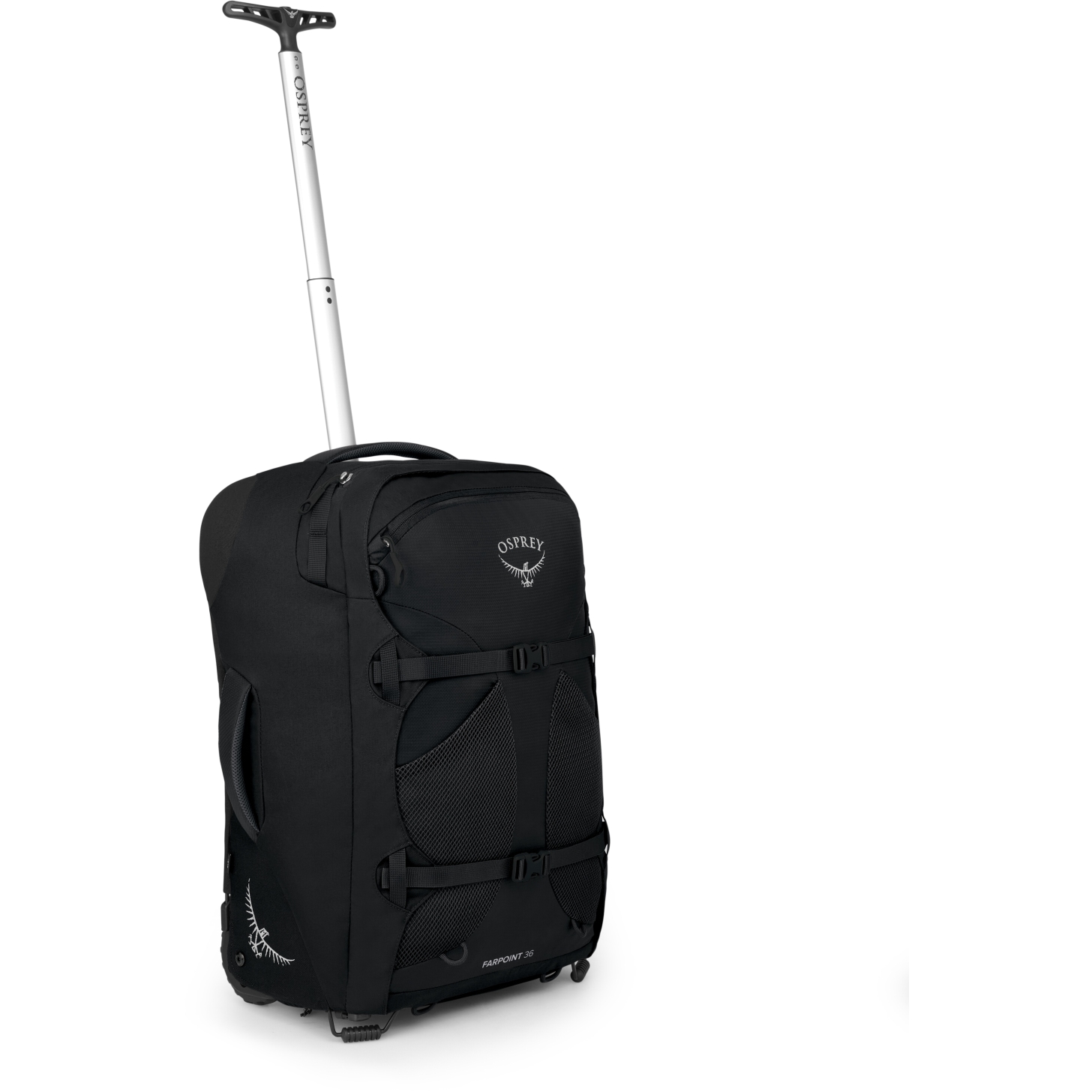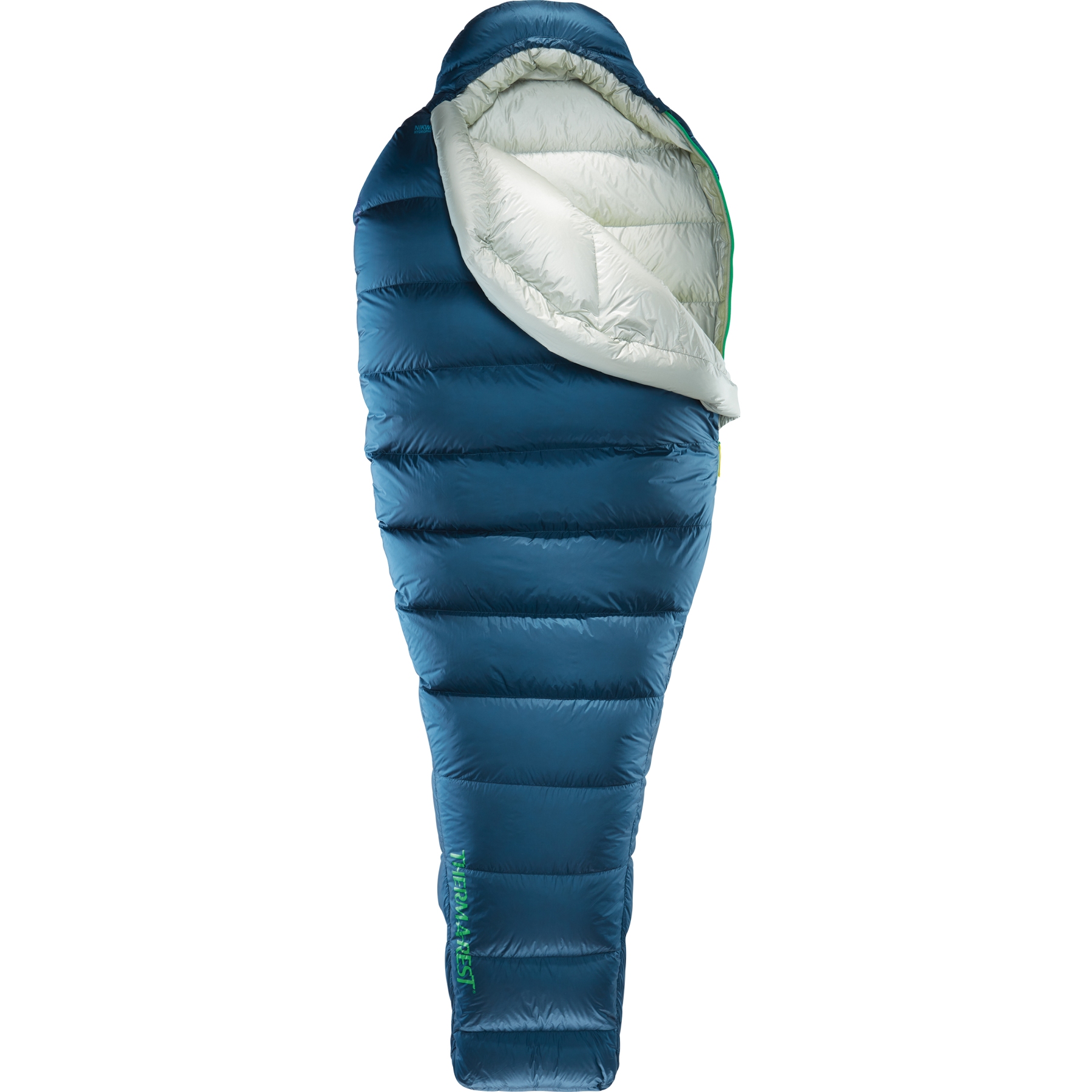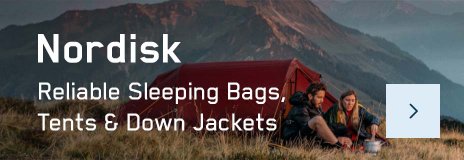- Camping furniture
- Folding Kayaks
- Binoculars
- Waist Packs & Hydration Packs
- Maps and Guidebooks
- Cooking
- Avalanche Protection
- Knives & Tools
- Notebook & Camera Bags
- Outdoor & Insulated Water Bottles
- Travel & Sport Bags
- Backpacks & Hydration Packs
- Sleeping Bags & Pads
- Other Bags & Cases
- Trekking & Trailrunning Poles
- Water Filters
- Tents, Tarps & Hammocks
Enjoying Life outside with the Perfect Outdoor Equipment
Travelling and experiencing life outdoors is becoming increasingly popular: camping trips, trekking tours or multi-day hikes are the first choice for many for relaxation. Simply leave the hustle and bustle of everyday life behind and enjoy a feeling of freedom, peace and tranquility in nature. And of course, the best way to do that is without watching the clock. With the right outdoor equipment, camping in nature is even more fun. Find out here what is important in terms of outdoor equipment and what basic equipment you need if you want to spend the night outside. Read more
Our top sellers
Brands and Topics
Camping Gear and Outdoor Equipment – Close to Nature
Camping holidays with your family, hikes of several days with like-minded people, trekking or cycling tours – all these forms of enjoying nature have one thing in common: You spend most of your time outdoors. It goes without saying that you need special equipment to be prepared against all adversities and to be able to enjoy your excursion into nature to the utmost. But which outdoor equipment is really indispensable? Of course, it depends on the individual how much comfort you need or what you can't do without. However, the following things belong to the basic equipment:
- A tent or a tarp – a shelter for the night.
- A sleeping bag and a pad – in which version is of course up to you.
- A camping kitchen – cooking equipment that gives you the opportunity to prepare a hot meal in the great outdoors.
- Functional knives and tools – for situations where you need to cut, fix or repair something.
- Backpacks or travel bags – to carry your basic outdoor gear.
In general, outdoor equipment for camping is primarily designed for comfort, while equipment for mountaineering, hiking or trekking focuses more on weight.
Tents – Your Protection From Wind and Weather
The tent was one of the first constructions for protection against nature and weather, built first by people thousands of years ago. It still has to fulfil these tasks on a camping trip today. Finding the right tent for your venture is therefore extremely important. You should ask yourself a few questions beforehand to find the right tent:
- How big should the tent be?
- How many people will sleep in it?
- How much comfort do you need?
- How much should the tent weigh?
- What season will you be travelling?
The right choice therefore depends on numerous factors. These include the number of people, the weather in which you want to travel and the luggage you are taking with you. However, check all details for your individual needs. A spacious 2-person tent can quickly become too cramped if your room-mate likes to carry more luggage. Alternatives such as an awning or a tarp to protect luggage outside the sleeping area should then be considered. In any case, the tent should not only be adapted to your needs, but also to the prevailing weather conditions. You can also use an additional ground sheet not only as protection against branches or stones, but also as protection against cold and moisture from below. If you are travelling in winter/snow, your tent should definitely be stable enough to withstand any snow load. The materials used for modern tents can protect you from wind and weather, are robust, light and characterised by quick, uncomplicated assembly and dismantling. They are usually made of polyester, cotton blends or nylon. As each material has its own advantages and disadvantages – depending on the demands placed on the tent – you should always choose one that suits your intended use.
The different tents are characterised by different room partitions, poles and shapes. Smaller versions are usually tunnel or dome tents and are generally quite popular because they are easy to pitch and yet stable. Large cotton tents (or tipis) or tunnel and dome tents with several cabins are suitable for more people. Geometers are special forms of dome tents, as they have several pole arches that make them very stable. They are particularly robust, storm-resistant and ideal for extreme conditions. However, they are considerably heavier, weighing several kilograms.
Sleeping Bags for Pleasant Nights Outdoors
To spend a pleasant night's rest in a tent or even under the open sky, the right sleeping bag is indispensable for you as a nature lover. The manufacturer usually specifies a comfort temperature or temperature range for which the sleeping bag is suitable. You should always take your individual cold sensation into account. Before buying, you should consider the area of use, weight, size (there are special sleeping bags for men, women and children) and pack size.
The most familiar shapes are mummy sleeping bags and blanket sleeping bags. The round mummy sleeping bag is particularly suitable for lower temperatures thanks to the hood cut and the tight fit. It also usually has a small packing size. The angular-looking blanket sleeping bag, on the other hand, can be used more flexibly (as a sleeping bag or opened as a blanket). It offers more legroom and is more suitable for warmer temperatures. Either down or synthetic fibres are used for the filling. Down sleeping bags convince with very good insulation at low temperatures, as the air is bound between the small feathers and thus forms a high heat retention. Many sleeping bags nowadays are also filled with modern synthetic fibres, which makes them particularly easy to care for, quick-drying, robust and light. The synthetic fibres are modelled on the down structure in order to benefit from its advantages. Thus, synthetic fibre sleeping bags are also suitable for cold and above all damp weather (in contrast to down, which loses its insulating capacity when damp).
The bivy sack is a special form for emergencies. You should always have this with you on your tour. The material of these thin emergency bags is a film that protects you from wind and weather and reflects up to 90 % of body heat. Cooling down is delayed so that you can survive an unplanned night outdoors safe and sound.
Practical accessories to help you relax through the night in nature include small sleeping bag pillows or sleeping bag liners made of cotton blends for more comfort, as well as self-supporting insect protection nets for overnight stays directly under the stars.
The Sleeping Pad – Your Practical Outdoor Item for on the Road
The sleeping pad completes your outdoor equipment for the night. The selection of designs is diverse. There are different lengths, widths and thicknesses to meet your individual needs. On any tour through nature, sleeping comfort is incredibly important. How else are you supposed to make it to the next stage after a sleepless night and still be in a good mood? In winter or in cold temperatures, choosing the right sleeping pad is even more important, as your health depends on it even more. Basically, you should ask yourself the following question: What temperatures will I be travelling in?
You can orient yourself on the so-called R-value. It indicates the thermal resistance of a material and is usually specified in the data sheet of the sleeping pad. The higher the R-value, the better the mat insulates from below. But be careful: If you are a frostbite, then better choose a better insulating mat for you.
We have compiled an overview for your orientation:
| R-value | Temperature | Season |
| 1 | up to +7° C (44,6 °F) | Summer, warm Spring or Autumn nights |
| 2 | up to +2° C (35,6 °F) | Summer, Spring or Autumn without ground frost |
| 3 | up to -5° C (23 °F) | Spring, Summer, Autumn, mild Winter nights |
| 4 | up to -11° C (12,2 °F) | all year round, since already winterised |
| 5 | up to -17° C (1,4 °F) | Winter |
| 6 | up to -24 °C (-11,2 °F) | Winter, alpine tours |
| 7 and more | from -24 °C (-11,2 °F) | extreme Winter nights, high alpine tours, expeditions etc. |
However, the R-value should never be the only factor. The choice of your equipment should always be considered holistically in relation to your intended use.
Which Sleeping Pads Exist and Which Is the Right One for You?
All sleeping pads are the same? Not at all. There are primarily four types, which differ mainly in the material. The classic among the sleeping mats is probably the foam mat. It is reliable, quite insensitive and therefore durable. It is available in different material thicknesses.
Another type that has become popular in recent years is the self-inflating sleeping pad. These are available in numerous variants and thicknesses. The airtight outer material encloses a large-cell foam core so that air can flow in directly when the valve is opened. Now you can close the valve again or pump in more air. We recommend that you use a pump or pump bag, as moisture could get inside the mat through breathing air. This is a good breeding ground for bacteria in warm temperatures and can freeze in cold temperatures. To store the self-inflating mat, simply open the valve again, push out the air and roll it up. These pads have a very good warmth/comfort ratio and are therefore very popular.
When you hear "air mattress", you immediately think of the classic pool lilo. However, this type of sleeping pad is only comparable in terms of its basic principle: it consists of several chambers that are filled with air. The differently arranged chambers provide stability; the extremely light and robust materials ensure an extremely low weight and small pack size. We recommend that you place an underlay or tarpaulin underneath an air-filled mat for protection.
The air chambers of filled sleeping mats are filled with down or synthetic fibres, which greatly increases the thermal performance. They are also very light and can be easily stowed in your luggage, which makes them the ideal companion on winter tours or in alpine terrain.
Dinner Is Served: These Essentials Belong to Every Outdoor Kitchen
We offer a wide range of equipment for your camping kitchen so that you don't have to miss out on a warm meal outdoors. Many solutions for the safe storage and preparation of food as well as accessories for water treatment are available in our shop. As the centrepiece of your outdoor kitchen, you should get yourself a camping stove. The small, practical helpers work with petrol, gas or other fuels and can heat up delicious food in no time at all and also give you warmth. To save space in the backpack, many models are foldable and particularly light. Weight, stability and pack size are also important features of cookware and cutlery for outdoor dining, some of which are also foldable or collapsible. So they are not comparable with the pots, pans and plates of the indoor kitchen at home.
Checklist: This is a must for the open-air kitchen:
- Camping Stove
- Cookware
- Camping Cutlery: for example, a space-saving spork – a combination of a spoon and a fork
- Lighter and fire steel
- Equipment for Water Treatment
- Multi-tool (with knife and can opener) or a pocket knife
- Waste bags
- Cutting board
If you are travelling by car and planning a classic camping holiday, the kitchen equipment can also be more opulent. Several burners or practical camping furniture add to the comfort. However, if weight is an issue – for mountaineering or trekking – the outdoor kitchen will tend to be compact and limited to the bare essentials.
And Where Do the Provisions Go? Hiking Backpacks for Every Occasion
There is nowhere to go without a good hiking backpack, because your outdoor essentials have to go somewhere. Hiking backpacks are hard-wearing and usually equipped with a multi-adjustable carrying system. This includes padded shoulder straps, a hip belt and almost always a chest strap, which can be individually adjusted and thus ideally adapted to the wearer. These carrying systems ultimately ensure that the backpack sits perfectly and does not slip during climbs, descents or flat passages. A fabric made of sturdy mesh for good ventilation at the back, a practical compartments and additional outer pockets for e.g. a water bottle or other small items that you need to reach quickly are further features of hiking backpacks.
For hiking tours (i.e. day hikes), a daypack with a volume of about 20-30 litres is perfectly adequate. It can comfortably hold the day's provisions, enough to drink, a change of clothes, the hiking map and even sunscreen. Trekking backpacks, on the other hand, are considerably larger (around 60 litres are not uncommon), in order to also be able to stow the outdoor equipment for overnight stays outdoors.
When making your choice, you should always follow the manufacturer's instructions. Hiking backpacks often take into account the anatomical characteristics of the respective sex in the shape and design of the carrying system as well as the back length. But there are also special children's hiking backpacks for the little adventurers that are adapted to the anatomy of kids. In terms of features and comfort, the children's models are often very similar to those of their parents.
What Other Outdoor Gear Do You Need?
Of course, there is further outdoor equipment that can be useful for your tour. However, this always depends on how you are travelling and how much luggage you are taking with you. Sports watches or navigation computers, for example, are particularly popular for trekking or mountaineering to record the distance covered. If you still have some space in your luggage, a hammock is also a great gimmick for your time in nature.
Don't forget: A first aid kit and a repair kit for tent, sleeping bag and sleeping mat belongs to every basic outdoor equipment. This way you are protected from a premature end to your outdoor adventure.
